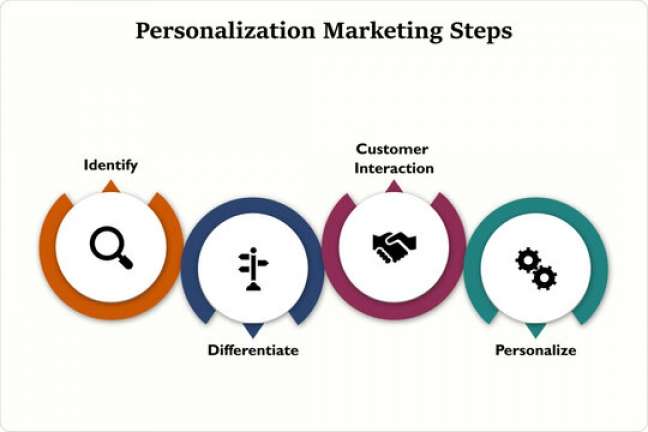There is no business without a thoughtful branding strategy, and PR is at its epicenter. Gone are the days when PR meant a company’s representative had to run about sending Press Releases and other marketing collateral to agencies. Digital PR is the new norm, where all the information a company wants to put out gets disburse simultaneously to every intended destination at the click of a mouse.
For a PR effort to be effective, it needs a robust strategy that acts as its foundation. Strategizing for PR purposes in the digital realm falls under the broader category of marketing content strategy development. With 70% of marketers keenly invested in content marketing, there is a lot of competition to get through.
A strategy can make it through that competition by incorporating some key elements in its makeup. These elements help tune the content to the target audience’s needs and deliver it familiarly.
Below are those key elements of a successful digital PR strategy:
- Knowing The Target Audience
You can’t talk to a child about certain things in the same way you speak with an adult. The same goes with branding. The first thing to know about creating a successful brand is to know who its target audience is.
The PR strategy for your branding efforts should contain language and ideas that most gel with the demographic your product/service caters to. Market surveys, competitor analysis, etc., can help understand the customers’ mandate, and the strategy can get devised accordingly.
- Multi-Channel Approach
Merely creating and bringing online a website with appropriate content won’t serve the purpose of brand image upliftment. It might even be sufficient for brand recognition. The digital arena offers many platforms through which PR is possible, and a company must seize every opportunity to exploit them to the fullest.
Besides company blogs containing PR material, the strategy should attempt customer outreach via every applicable social media channel. New age trends, such as podcasts and in-game marketing, should also be considered.
To put it simply, the greater the number of platforms used for the job, the wider the net gets cast to catch more prospects.
- Influencer Involvement
Influencers are the new rage in the online world. They have a kind of connection with their audience that is ripe for any brand to use and grow its reputation. Influencer marketing does just that, and it can also contain the PR messaging that a company wants to deliver to its audience.
Influencers can grow with the brand’s image symbiotically, helping to build a solid base to improve brand loyalty and trust among their audience.
- Digital Crisis Management
Everyone has to prepare for a rainy day, including PR professionals. And in the digital world, when it rains, it pours. If it isn’t hackers trying to destroy your brand’s image, it’s a poorly put-together bunch of words in a tweet that is doing so.
And those are the online variety. Offline scandals and controversies need deft management by PR to save brand image. That happens primarily via digital outlets. So, crisis management must be present in any online PR strategy from the get-go.
- SEO
Search Engine Optimization serves more than to push up a website through the ranks. PR material can be tailored in a manner as to have the algorithms pick the best content to get presented every time a search for it occurs.
It lets the algorithms do the pushing that professionals would have to otherwise.
PR is an open communication channel between a brand and its consumers. It helps the former convey its values and emotions in a didactic and easy-to-approach way. Digital PR adds extra personalization, provided it gets built on a well-rounded strategy.
















